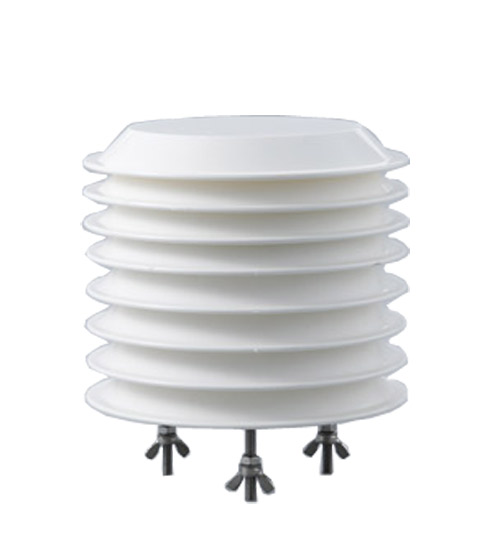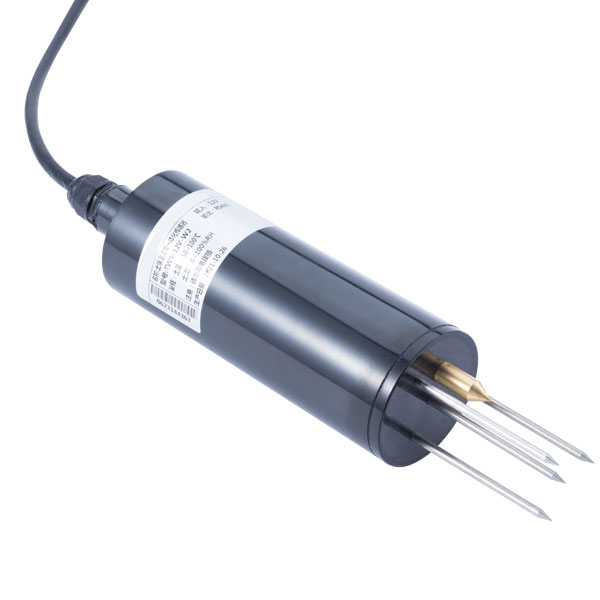

— Blogs —
—Products—
 Consumer hotline +8618073152920
Consumer hotline +8618073152920 WhatsApp:+8615367865107
Address:Room 102, District D, Houhu Industrial Park, Yuelu District, Changsha City, Hunan Province, China
Product knowledge
Time:2021-10-08 12:29:57 Popularity:1062
Industrial 4G routers use high-performance industrial-grade 4G wireless modules, industrial-grade high-security and high-precision components, and various chaotic environments that should be operated in high temperatures and cold temperatures, providing reliable networking and stable communications for unattended systems.
Industrial 4G routing principle
The primary user uses a tariff card (SIM card) to plug in a 4G router and dials up through the operator’s 4G network TD-LTE or FDD-LTE network to complete data transmission.
Internet etc. For interactive transmission of remote big data, it can also be used as a router with WiFi function to complete the shared Internet.
Industrial 4G router use
Mainly used in smart grid, smart transportation, smart home, smart finance, industrial automation, public safety, environmental protection, digital medical and other fields have become very widespread, mainly big data or video transmission.
Industrial 4G router features
1. Reliable networking and communication: select high-performance industrial-grade 4G wireless modules, industrial-grade high-stability and high-precision components, -35~+75ºC extremely wide temperature planning, easy to get used to high temperature and cold working environment, providing reliable supply for unattended systems Networking and secure communication.
2. Increased data processing and transmission speed: CPU processing speed increased by 3 times, WIFI transmission speed increased from 54 Mbps to 150 Mbps, built-in FLASH, RAM capacity increased by 2 times, satisfying the needs of large data wireless transmission, such as images, videos, etc. Clear circulation.
3. Bandwidth capital allocation is controllable: new traffic control, traffic recording, real-time network speed display function, it can be processed in accordance with the type of network protocol and pre-customized bandwidth allocation.
4. Strong WIFI: WIFI supports 802.11b/g/n, supports WIFI AP, AP Client, repeater, relay bridge and WDS, etc., and supports WEP, WPA and other encryption methods, satisfying more WIFI communication needs. WIFI adopts built-in integrated planning, which effectively improves the stability of the product.
5. Supporting supply equipment processing channels: support the gathering processing, batch configuration and upgrading functions of many equipment, making the implementation and processing of large projects more efficient.
6. Real-time display of signal strength, real-time display of network signal strength, and increase on-site protection power.
Prev:Wi-Fi 6E standard announced: support 6GHz spectrum resources faster
Next:WiFi5 or WiFi6? How to choose a home router in one article?
Sensors & Weather Stations Catalog
Agriculture Sensors and Weather Stations Catalog-NiuBoL.pdf
Weather Stations Catalog-NiuBoL.pdf
Related recommendations
Related products
 Atmospheric Temperature Humidity Pr···
Atmospheric Temperature Humidity Pr··· Soil Temperature Moisture Sensor 4-···
Soil Temperature Moisture Sensor 4-··· Air temperature, humidity and atmos···
Air temperature, humidity and atmos···
Screenshot, WhatsApp to identify the QR code
WhatsApp number:+8615367865107
(Click on WhatsApp to copy and add friends)